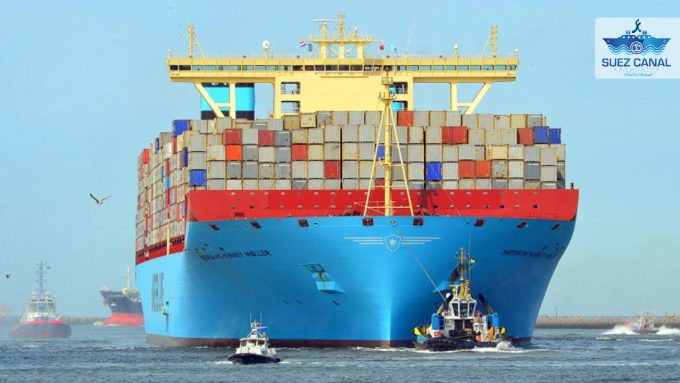Liners unveil Asia-Europe FAK price hikes to arrest steady rate decline
Container shipping lines are looking for a hike in Asia-Europe spot freight rates, announcing a ...

Ocean carriers are set to smash all previous earnings records in the first quarter, and are on course for colossal full-year profits of $300bn – but growth predictions are being pared back, due to weaker demand.
Indeed, despite the booming carrier market, according to maritime consultant Drewry there is an increase in downside risks that could threaten the earnings of the container lines from the second half.
In a trading update today, ahead of its first-quarter results publication on 4 May, Maersk said it now expected to exceed its forecast with Q1 revenue of $19.3bn, an ebitda of $9.2bn and ebit of $7.9bn.
The carrier said the result was driven by a 71% year-on-year increase in its average rate across its liner trades, and was achieved despite a 7% decline in carryings.
As a consequence, Maersk said it was upgrading its full year ebitda guidance to $30bn from $24bn, for an underlying ebit of $24bn. Its previous forecast was for $19bn.
The Danish transport and logistics group posted a net profit of $18bn for 2021, following a $2.9 bn surplus the year before. It said its earnings guidance for 2022 was “still based on an assumption of normalisation” for its liner business in the second half of the year.
Maersk advised that, based on the negative volume developments in Q1, it had decided to revise downwards its outlook for global container demand growth to between -1% and +1%, from the previous forecast of +2% to +4%.
Meanwhile, hosting a webinar for the release of its quarterly Container Forecaster report, Drewry’s senior manager for container research, Simon Heaney, said that, reflecting “how crazy the container market is currently”, the report, published on 31 March, included a downgrade of the outlook for world port handling, but sizeable upgrades for freight rates and carrier profits.
“Over the past two years, the dominant driver of freight rates and, subsequently carrier profits, have been container system inefficiencies, disruptions and port congestion,” said Mr Heaney. “These factors we now consider embedded in the market and have simply relegated supply and demand and other cost factors to the margins.
“Ultimately, carriers’ ability to charge customers extremely high freight rates is going to be dictated by the longevity of the liner supply chain bottlenecks, which, sadly, remain highly unpredictable.”
Drewry said it expected its blend of head and backhaul spot and contract freight rates to increase by a further 39% this year, after an increase of 110% in 2021. This, said Mr Heaney, would see the cumulative profit for the liner industry hit $300bn this year, after having recorded an estimated $214bn profit for 2021.
Nevertheless, Mr Heaney flagged a growing number of downsides for carriers that could impact their earnings, not least a prolonged war in Ukraine, global inflation and a short-term effect from China’s zero-Covid policy.
Drewry has downgraded its 2022 container shipping demand outlook from 4.6% to 4.1%, and for 2023 to 2.8% from 3.5%.
However, the outlook contained in its report has already been impacted by recent events and Mr Heaney said: “If we were to rerun the numbers today, we would get even lower growth figures.”
Comment on this article
Brian Sweet
April 26, 2022 at 5:06 pmSo not inflation driving higher prices?
Deborah Newton-Cook
April 26, 2022 at 5:54 pmAbout time these extraordinary profits were taxed by Goverments: consumers are suffering in Europe, with high energy prices and inflation.